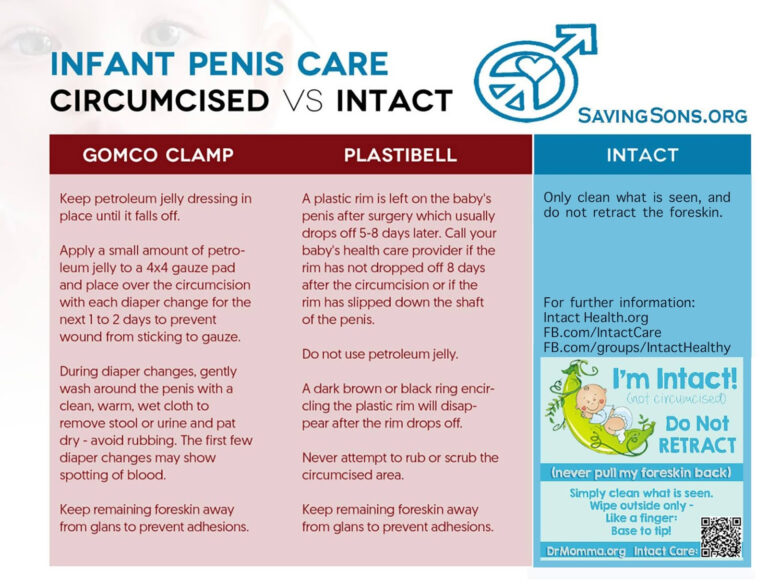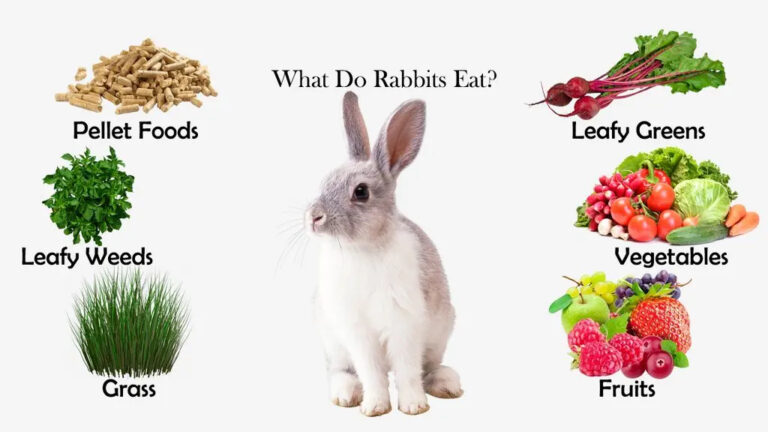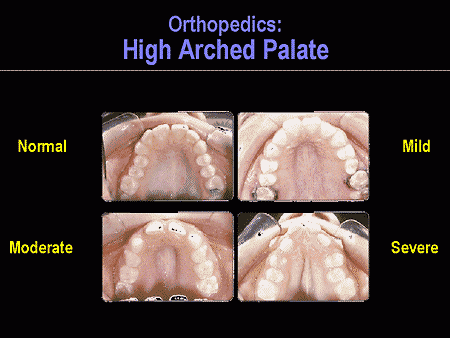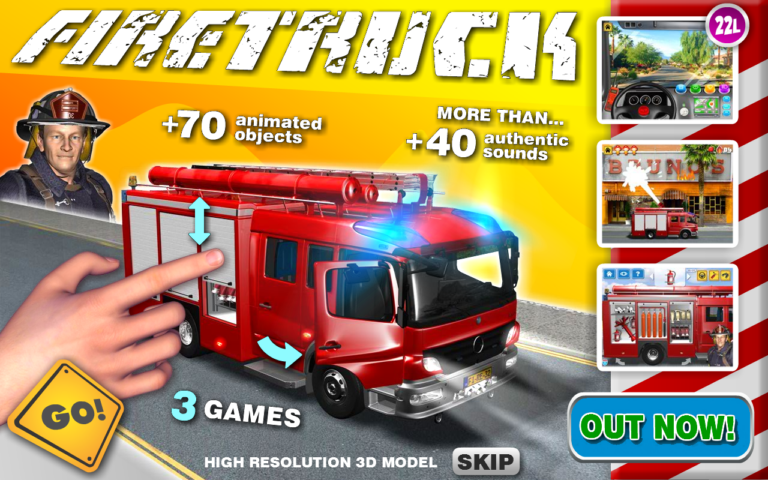How To Help My Baby Crawl
As a parent, watching your baby hit important developmental milestones is both exciting and rewarding. One of the key milestones in a baby’s life is learning how to crawl. Not only does crawling help strengthen their muscles and improve coordination, but it also lays the foundation for future mobility. If you’re wondering how to help your baby crawl, you’ve come to the right place. In this article, we’ll explore everything you need to know to encourage and support your little one in mastering this essential skill.
Knowledge
Before diving into techniques to help your baby crawl, it’s essential to understand the developmental stages that lead up to crawling. Babies typically go through a series of milestones such as lifting their heads, pushing up on their arms, rolling over, and sitting up before they start crawling. These early stages help build the strength and coordination needed for crawling.
When it comes to encouraging your baby to crawl, creating a safe and stimulating environment is key. Ensure that the space is free of hazards and provide plenty of opportunities for your baby to explore and move around. Use soft mats and cushions to cushion any falls and make sure there are no sharp edges or small objects within reach.
Tummy time is a crucial activity that can help your baby develop the muscles needed for crawling. Place your baby on their tummy for short periods throughout the day, gradually increasing the time as they get stronger. You can use toys or mirrors to keep them engaged and motivated during tummy time.
Using props and toys can make tummy time more fun and engaging for your baby. Place toys just out of reach to encourage them to reach and stretch. You can also use pillows or rolled-up towels to provide support and help your baby maintain the proper position while practicing tummy time.
Once your baby starts showing an interest in moving, encourage them to reach and explore. Place toys a short distance away to motivate them to crawl towards them. You can also get down on the floor and crawl alongside your baby to show them how it’s done.
Conclusion
Helping your baby crawl is an exciting journey that requires patience, encouragement, and a safe environment. By understanding the developmental stages, creating a supportive environment, and using props and toys to encourage movement, you can help your baby master this important milestone. Remember to celebrate each small victory along the way and enjoy watching your baby grow and develop.
In conclusion, this article is aimed at parents and caregivers who are eager to support their baby’s development and help them reach important milestones. By following the tips and techniques outlined in this article, you can create a positive and engaging environment that fosters your baby’s physical and cognitive growth.
Ultimately, helping your baby crawl is not just about the physical act of moving from one place to another; it’s about building confidence, strength, and independence. By providing the right support and encouragement, you can help your baby develop essential skills that will serve them well throughout their early years and beyond.






